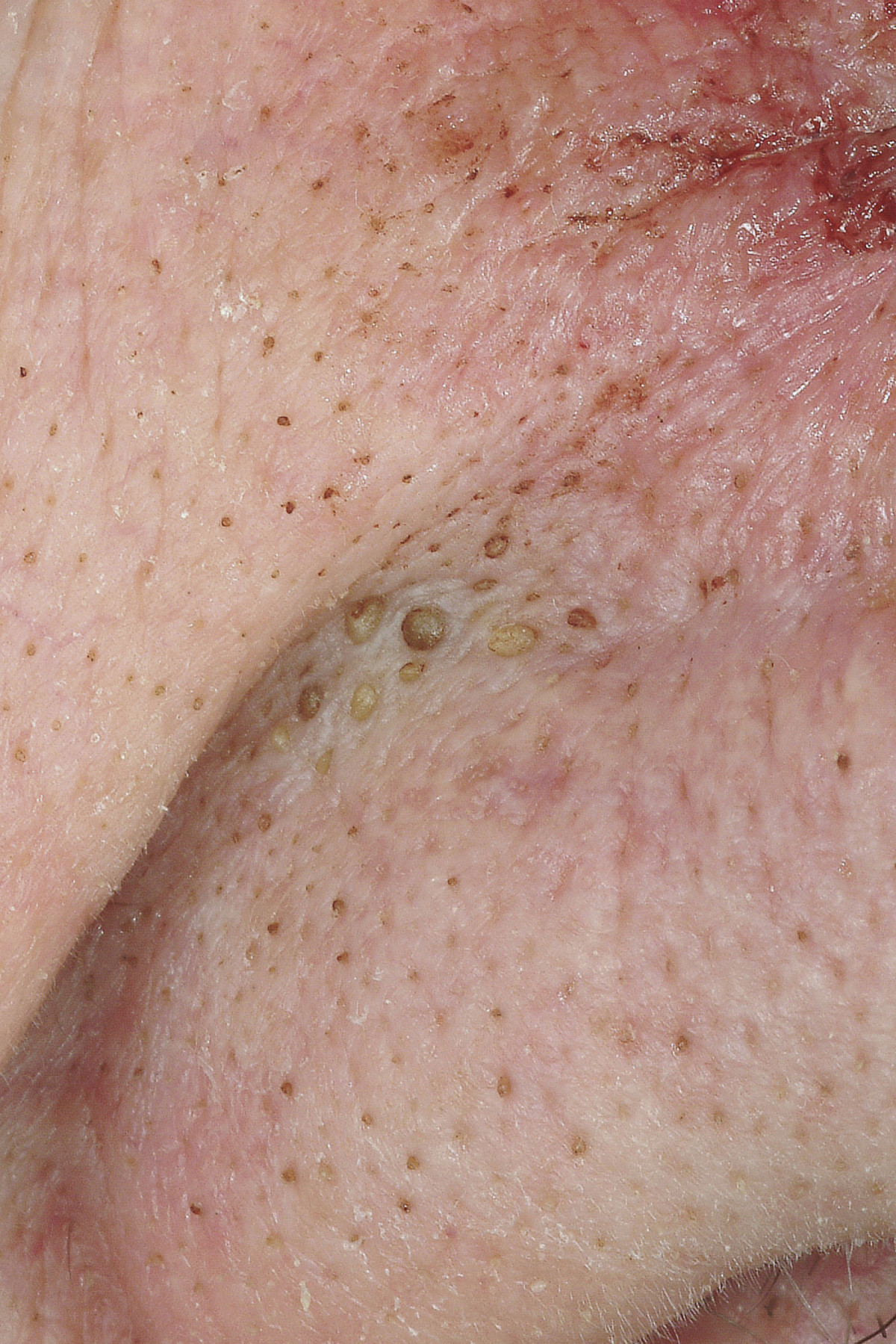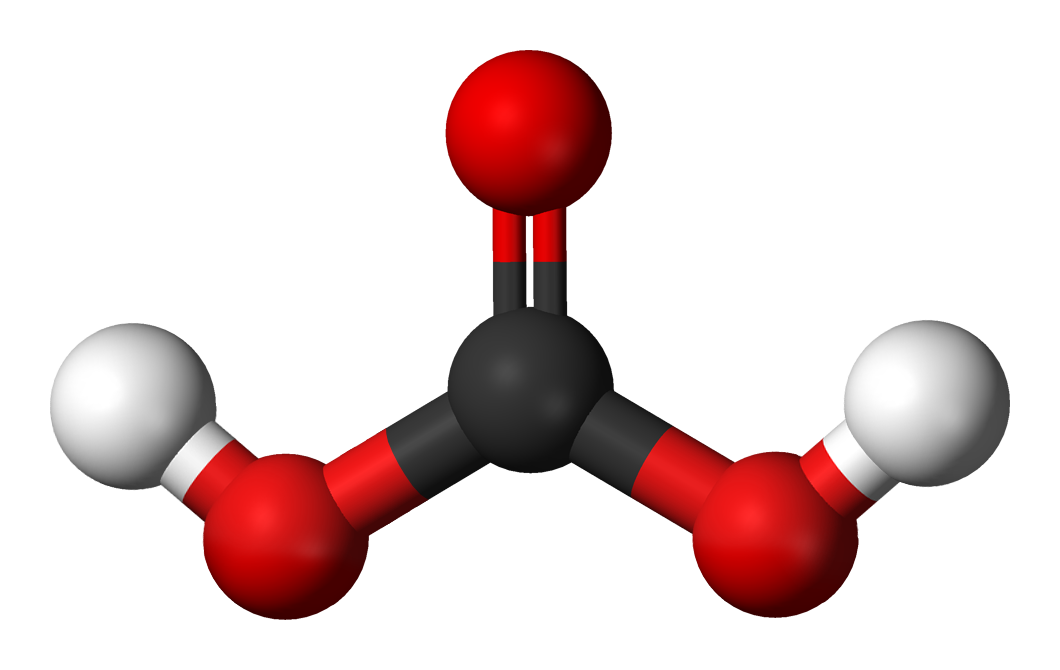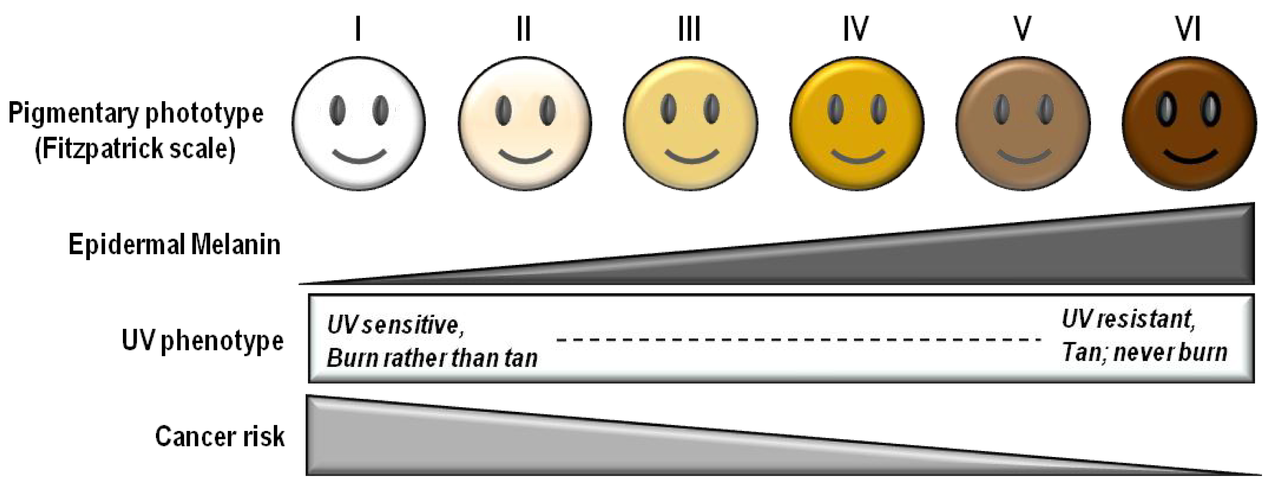|
Medical Uses Of Salicylic Acid
Salicylic acid is used as a medicine to help remove the outer layer of the skin. As such it is used to treat warts, skin tags, calluses, psoriasis, dandruff, acne, ringworm, and ichthyosis. For conditions other than warts, it is often used together with other medications. It is applied to the area affected. Side effects include skin irritation, and salicylate poisoning. Salicylate poisoning tends to only occur when applied to a large area and in children. Use is thus not recommended in children less than two years old. It comes in a number of different strengths. It is on the World Health Organization's List of Essential Medicines. It is also available mixed with coal tar, zinc oxide, or benzoic acid. Medical uses Salicylic acid as a medication is used to help remove the outer layer of the skin. As such it is used to treat warts, calluses, psoriasis, dandruff, acne, ringworm, and ichthyosis. Because of its effect on skin cells, salicylic acid is used in some shampoos to tre ... [...More Info...] [...Related Items...] OR: [Wikipedia] [Google] [Baidu] |
Salicylic Acid
Salicylic acid is an organic compound with the formula HOC6H4CO2H. A colorless, bitter-tasting solid, it is a precursor to and a metabolite of aspirin (acetylsalicylic acid). It is a plant hormone, and has been listed by the EPA Toxic Substances Control Act (TSCA) Chemical Substance Inventory as an experimental teratogen. The name is from Latin '' salix'' for willow tree. It is an ingredient in some anti-acne products. Salts and esters of salicylic acid are known as salicylates. Uses Medicine Salicylic acid as a medication is commonly used to remove the outer layer of the skin. As such, it is used to treat warts, psoriasis, acne vulgaris, ringworm, dandruff, and ichthyosis. Similar to other hydroxy acids, salicylic acid is an ingredient in many skincare products for the treatment of seborrhoeic dermatitis, acne, psoriasis, calluses, Corn (medicine), corns, keratosis pilaris, acanthosis nigricans, ichthyosis, and warts. Uses in manufacturing Salicylic acid is used as ... [...More Info...] [...Related Items...] OR: [Wikipedia] [Google] [Baidu] |
Benzoic Acid
Benzoic acid is a white (or colorless) solid organic compound with the formula , whose structure consists of a benzene ring () with a carboxyl () substituent. It is the simplest aromatic carboxylic acid. The name is derived from gum benzoin, which was for a long time its only source. Benzoic acid occurs naturally in many plants and serves as an intermediate in the biosynthesis of many secondary metabolites. Salts of benzoic acid are used as food preservatives. Benzoic acid is an important precursor for the industrial synthesis of many other organic substances. The salts and esters of benzoic acid are known as benzoates . History Benzoic acid was discovered in the sixteenth century. The dry distillation of gum benzoin was first described by Nostradamus (1556), and then by Alexius Pedemontanus (1560) and Blaise de Vigenère (1596). Justus von Liebig and Friedrich Wöhler determined the composition of benzoic acid. These latter also investigated how hippuric acid i ... [...More Info...] [...Related Items...] OR: [Wikipedia] [Google] [Baidu] |
Pedanius Dioscorides
Pedanius Dioscorides ( grc-gre, Πεδάνιος Διοσκουρίδης, ; 40–90 AD), "the father of pharmacognosy", was a Greek physician, pharmacologist, botanist, and author of ''De materia medica'' (, On Medical Material) —a 5-volume Greek encyclopedia about herbal medicine and related medicinal substances (a pharmacopeia), that was widely read for more than 1,500 years. For almost two millennia Dioscorides was regarded as the most prominent writer on plants and plant drugs. Life A native of Anazarbus, Cilicia, Asia Minor, Dioscorides likely studied medicine nearby at the school in Tarsus, which had a pharmacological emphasis, and he dedicated his medical books to Laecanius Arius, a medical practitioner there. Though he writes he lived a "soldier's life" or "soldier-like life", his pharmacopeia refers almost solely to plants found in the Greek-speaking eastern Mediterranean, making it likely that he served in campaigns, or travelled in a civilian capacity, less widely ... [...More Info...] [...Related Items...] OR: [Wikipedia] [Google] [Baidu] |
Keratinocyte
Keratinocytes are the primary type of cell found in the epidermis, the outermost layer of the skin. In humans, they constitute 90% of epidermal skin cells. Basal cells in the basal layer (''stratum basale'') of the skin are sometimes referred to as basal keratinocytes. Keratinocytes form a barrier against environmental damage by heat, UV radiation, water loss, pathogenic bacteria, fungi, parasites, and viruses. A number of structural proteins, enzymes, lipids, and antimicrobial peptides contribute to maintain the important barrier function of the skin. Keratinocytes differentiate from epidermal stem cells in the lower part of the epidermis and migrate towards the surface, finally becoming corneocytes and eventually be shed off, which happens every 40 to 56 days in humans. Function The primary function of keratinocytes is the formation of a barrier against environmental damage by heat, UV radiation, water loss, pathogenic bacteria, fungi, parasites, and viruses. Pathogens ... [...More Info...] [...Related Items...] OR: [Wikipedia] [Google] [Baidu] |
Bacteriostatic
A bacteriostatic agent or bacteriostat, abbreviated Bstatic, is a biological or chemical agent that stops bacteria from reproducing, while not necessarily killing them otherwise. Depending on their application, bacteriostatic antibiotics, disinfectants, antiseptics and preservatives can be distinguished. When bacteriostatic antimicrobials are used, the duration of therapy must be sufficient to allow host defense mechanisms to eradicate the bacteria. Upon removal of the bacteriostat, the bacteria usually start to grow rapidly. This is in contrast to bactericides, which kill bacteria. Bacteriostats are often used in plastics to prevent growth of bacteria on surfaces. Bacteriostats commonly used in laboratory work include sodium azide (which is acutely toxic) and thiomersal. __TOC__ Bacteriostatic antibiotics Bacteriostatic antibiotics limit the growth of bacteria by interfering with bacterial protein production, DNA replication, or other aspects of bacterial cellular metabolism. The ... [...More Info...] [...Related Items...] OR: [Wikipedia] [Google] [Baidu] |
Comedo
A comedo is a clogged hair follicle (pore) in the skin. Keratin (skin debris) combines with oil to block the follicle. A comedo can be open (blackhead) or closed by skin (whitehead) and occur with or without acne. The word "comedo" comes from the Latin ''comedere'', meaning "to eat up", and was historically used to describe parasitic worms; in modern medical terminology, it is used to suggest the worm-like appearance of the expressed material. The chronic inflammatory condition that usually includes comedones, inflamed papules, and pustules (pimples) is called acne. Infection causes inflammation and the development of pus. Whether a skin condition classifies as acne depends on the number of comedones and infection. Comedones should not be confused with sebaceous filaments. Comedo-type ductal carcinoma ''in situ'' (DCIS) is not related to the skin conditions discussed here. DCIS is a noninvasive form of breast cancer, but comedo-type DCIS may be more aggressive, so may be more l ... [...More Info...] [...Related Items...] OR: [Wikipedia] [Google] [Baidu] |
Keratolytic
Keratolytic () therapy is a type of medical treatment to remove warts, calluses and other lesions in which the epidermis produces excess skin. In this therapy, acidic topical medicines, such as Whitfield's ointment or Jessner's solution, are applied to the lesion in order to thin the skin on and around it. This therapy causes the outer layer of the skin to loosen and shed. Keratolytics can also be used to soften keratin, a major component of the skin. This serves to improve the skin's moisture binding capacity, which is beneficial in the treatment of dry skin. Such agents (keratolytics) include alkali (by swelling and hydrolysis of skin), salicylic acid, urea, lactic acid, allantoin, glycolic acid, and trichloroacetic acid. While cytostatic agents such as zinc pyrithione are first line, keratolytics ( salicylic acid and sulfur) can also be used in the treatment of dandruff and seborrheic dermatitis. Sulfur and salicylic acid can also be used to effectively treat acne and ... [...More Info...] [...Related Items...] OR: [Wikipedia] [Google] [Baidu] |
Respiratory Alkalosis
Respiratory alkalosis is a medical condition in which increased respiration elevates the blood pH beyond the normal range (7.35–7.45) with a concurrent reduction in arterial levels of carbon dioxide. This condition is one of the four primary disturbance of acid–base homeostasis. Signs and symptoms Signs and symptoms of respiratory alkalosis are as follows: * Palpitation * Tetany * Convulsion * Sweating Causes Respiratory alkalosis may be produced as a result of the following causes: Mechanism The mechanism of respiratory alkalosis generally occurs when some stimulus makes a person hyperventilate. The increased breathing produces increased Pulmonary alveolus, alveolar respiration, expelling Carbon dioxide, CO2 from the circulation. This alters the dynamic chemical equilibrium of carbon dioxide in the circulatory system. Circulating hydrogen ions and bicarbonate are shifted through the carbonic acid (H2CO3) intermediate to make more CO2 via the enzyme carbonic anhydrase acco ... [...More Info...] [...Related Items...] OR: [Wikipedia] [Google] [Baidu] |
Metabolic Acidosis
Metabolic acidosis is a serious electrolyte disorder characterized by an imbalance in the body's acid-base balance. Metabolic acidosis has three main root causes: increased acid production, loss of bicarbonate, and a reduced ability of the kidneys to excrete excess acids. Metabolic acidosis can lead to acidemia, which is defined as arterial blood pH that is lower than 7.35. Acidemia and acidosis are not mutually exclusive – pH and hydrogen ion concentrations also depend on the coexistence of other acid-base disorders; therefore, pH levels in people with metabolic acidosis can range from low to high. Acute metabolic acidosis, lasting from minutes to several days, often occurs during serious illnesses or hospitalizations, and is generally caused when the body produces an excess amount of organic acids (ketoacids in ketoacidosis, or lactic acid in lactic acidosis). A state of chronic metabolic acidosis, lasting several weeks to years, can be the result of impaired kidney function ... [...More Info...] [...Related Items...] OR: [Wikipedia] [Google] [Baidu] |
Fitzpatrick Scale
The Fitzpatrick scale (also Fitzpatrick skin typing test; or Fitzpatrick phototyping scale) is a numerical classification schema for human skin color. It was developed in 1975 by American dermatologist Thomas B. Fitzpatrick as a way to estimate the response of different types of skin to ultraviolet (UV) light.Fitzpatrick, T. B. (1975). "Soleil et peau" un and skin ''Journal de Médecine Esthétique'' (in French) (2): 33–34 It was initially developed on the basis of skin color to measure the correct dose of UVA for PUVA therapy, and when the initial testing based only on hair and eye colour resulted in too high UVA doses for some, it was altered to be based on the patient's reports of how their skin responds to the sun; it was also extended to a wider range of skin types.Pathak, M. A.; Jimbow, K.; Szabo, G.; Fitzpatrick, T. B. (1976). "Sunlight and melanin pigmentation". In Smith, K. C. (ed.): ''Photochemical and photobiological reviews'', Plenum Press, New York. pp. 211–39Fitzp ... [...More Info...] [...Related Items...] OR: [Wikipedia] [Google] [Baidu] |
Hyperpigmentation
Hyperpigmentation is the darkening of an area of skin or nails caused by increased melanin. Causes Hyperpigmentation can be caused by sun damage, inflammation, or other skin injuries, including those related to acne vulgaris.James, William; Berger, Timothy; Elston, Dirk (2005). ''Andrews' Diseases of the Skin: Clinical Dermatology''. (10th ed.). Saunders. . People with darker skin tones are more prone to hyperpigmentation, especially with excess sun exposure. Many forms of hyperpigmentation are caused by an excess production of melanin. Hyperpigmentation can be diffuse or focal, affecting such areas as the face and the back of the hands. Melanin is produced by melanocytes at the lower layer of the epidermis. Melanin is a class of pigment responsible for producing color in the body in places such as the eyes, skin, and hair. The process of melanin synthesis (melanogenesis) starts with the oxidation of -tyrosine to by the enzyme tyrosine hydroxylase, then to -dopaquinone and ... [...More Info...] [...Related Items...] OR: [Wikipedia] [Google] [Baidu] |






